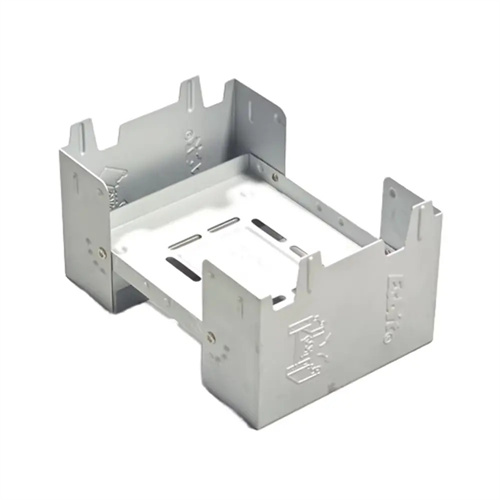Nickel and nickel alloy strips
Nickel and nickel alloy strip is a strip product made from pure nickel or nickel-based alloys through a rolling process. It exhibits excellent corrosion resistance, high-temperature stability, and good electrical conductivity, making it widely used in the electronics, chemical, and aerospace industries. Pure nickel strip typically has a purity exceeding 99.5% and possesses excellent electrical and thermal conductivity, making it suitable for the manufacture of electronic components such as battery tabs and precision resistors. Nickel alloy strip, on the other hand, is formed by adding elements such as chromium, iron, and molybdenum to form alloys such as Inconel and Monel, demonstrating superior high-temperature strength and corrosion resistance, meeting the demands of complex working conditions. Nickel and nickel alloy strip generally ranges in thickness from 0.01 to 2 mm and can reach widths exceeding 1000 mm. It offers high dimensional accuracy and excellent surface quality, meeting the requirements of precision machining.

The production process of nickel and nickel alloy strip is complex, requiring precise control across multiple steps. First, pure nickel or alloy raw materials are melted in a vacuum induction furnace, with strict control over alloy composition and gas content to ensure a pure melt. The molten steel is then cast into ingots, which undergo a homogenization annealing process to eliminate internal stresses and compositional segregation, preparing them for subsequent rolling. The ingots are then hot-rolled into thicker strips. The hot-rolling temperature varies depending on the alloy type, typically between 800-900°C for pure nickel and as high as 1100-1200°C for high-temperature alloys. The hot-rolled strips are then cold-rolled to gradually reduce to the target thickness. Multiple intermediate anneals are performed during the cold-rolling process to eliminate work hardening and maintain the material’s plasticity. Finally, the finished strips undergo finishing, shearing, surface treatment, and rigorous quality testing to ensure their dimensional accuracy, mechanical properties, and surface quality meet standards.

Nickel and nickel alloy ribbons have important applications in the electronics and electrical fields. Pure nickel ribbon, due to its excellent conductivity and oxidation resistance, is widely used to make battery tabs and connectors. For example, the use of pure nickel ribbon in the tabs of lithium-ion batteries ensures stable current transmission while resisting the corrosive environment inside the battery. In precision resistors and sensors, nickel-chromium alloy ribbon is used as a resistor element, and its stable temperature coefficient of resistance ensures measurement accuracy. Furthermore, in the field of electronic packaging, nickel alloy ribbon is used to make packaging casings, providing excellent electromagnetic shielding properties and protecting internal electronic components from external interference. An electronic equipment manufacturer has improved the stability of its products in high-temperature and high-humidity environments by 30% by using 0.1mm thick Inconel 625 alloy ribbon for sensor casings.

The chemical and energy sectors are also important markets for nickel and nickel alloy strip. In chemical equipment, Monel 400 alloy strip is used to make sealing gaskets and bellows for heat exchangers. Its excellent corrosion resistance protects against various acidic and alkaline media, extending the service life of the equipment. In the nuclear energy sector, pure nickel strip is used to make seals for the control rod drive mechanisms of nuclear reactors, capable of withstanding high temperatures, high pressures, and radiation environments. In solar water heaters, nickel alloy strip is used to connect the collector tubes. Its excellent thermal conductivity and corrosion resistance improve heat collection efficiency and ensure long-term stable operation of the system. A chemical plant uses 1mm thick Hastelloy C-276 alloy strip to line reactors, extending the equipment’s service life from three years to eight years.

With the continuous advancement of industrial technology, the application areas of nickel and nickel alloy strips are constantly expanding, and their performance is continuously being optimized. Manufacturers are developing new alloy materials to improve the high-temperature strength and corrosion resistance of nickel alloy strips to meet the needs of high-end industries such as aerospace. At the same time, they are using precision rolling technology and automated control equipment to improve the dimensional accuracy and surface quality of the strips, thereby reducing production costs. In line with the trend of environmental protection, companies have also developed recyclable nickel alloy strips to reduce resource waste. In the future, with the rapid development of industries such as new energy and electronic information, the market demand for nickel and nickel alloy strips will continue to grow, and their application prospects in high-end manufacturing are very promising.
